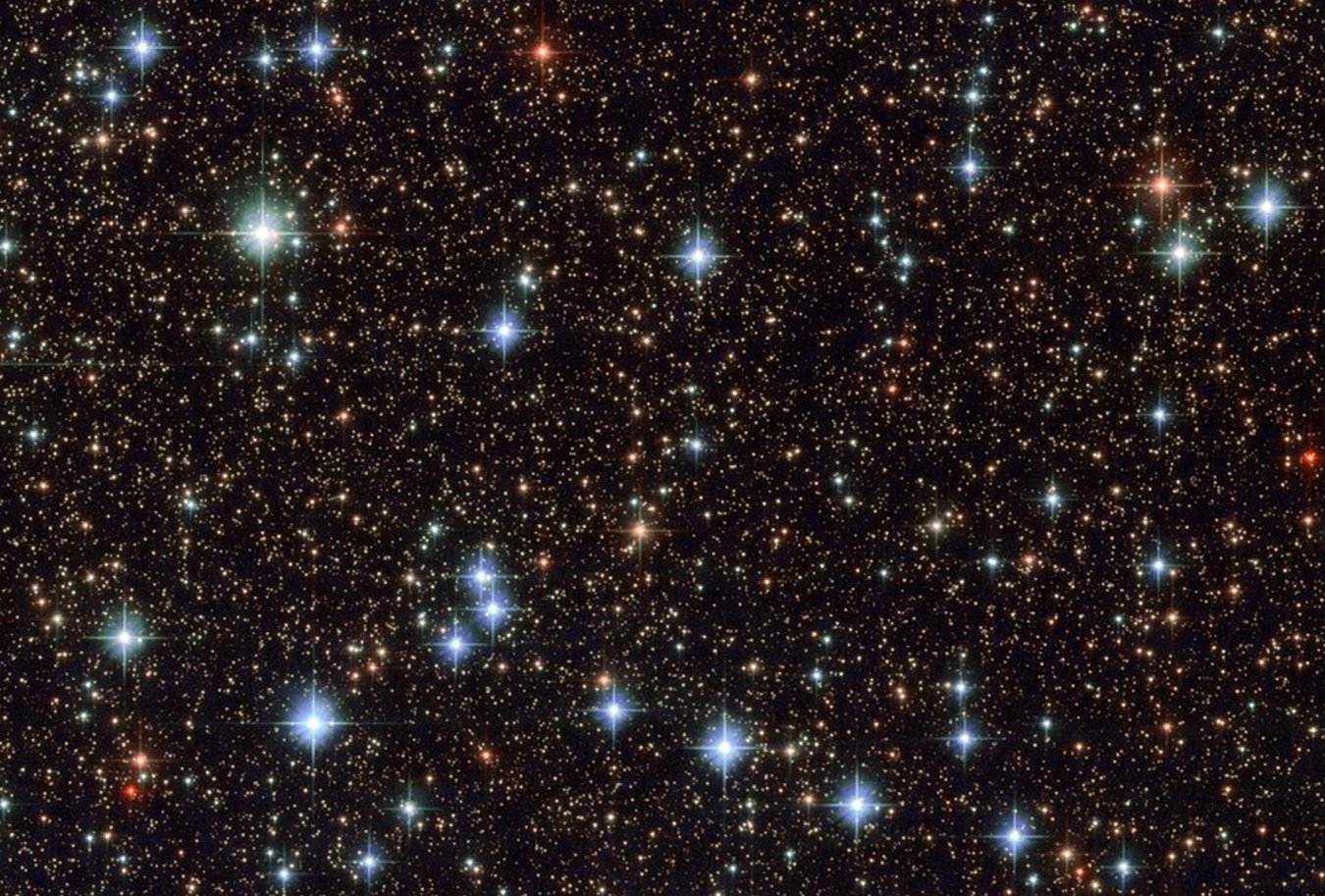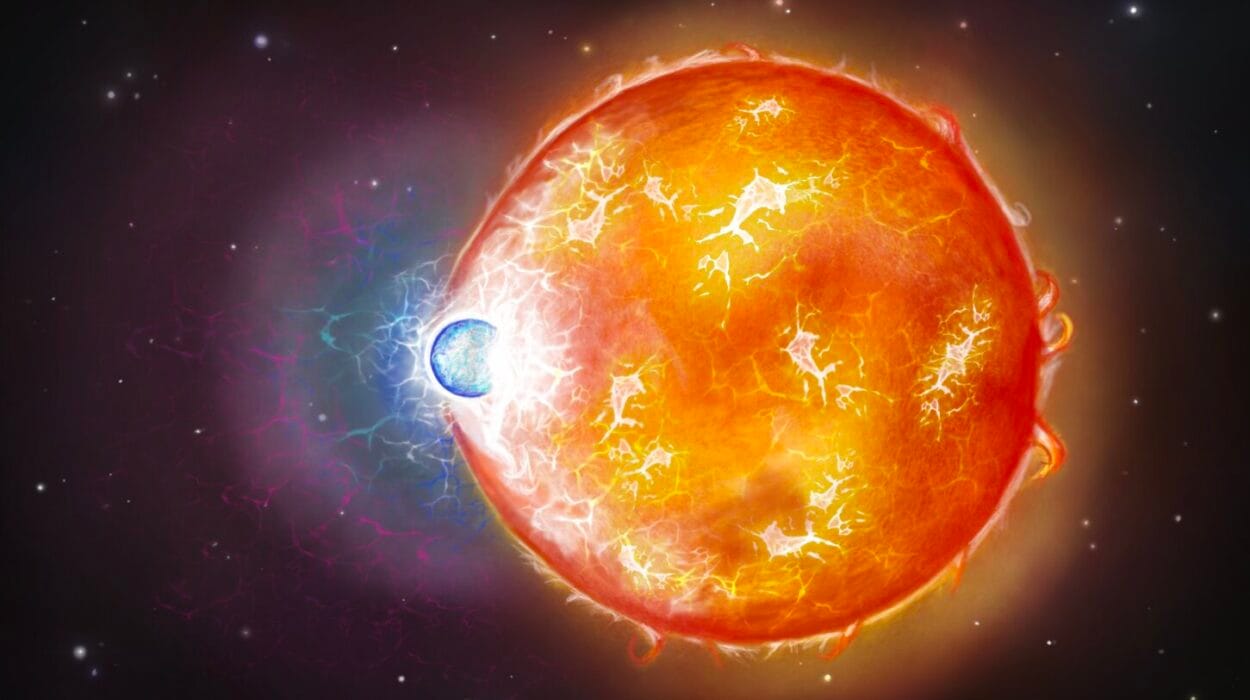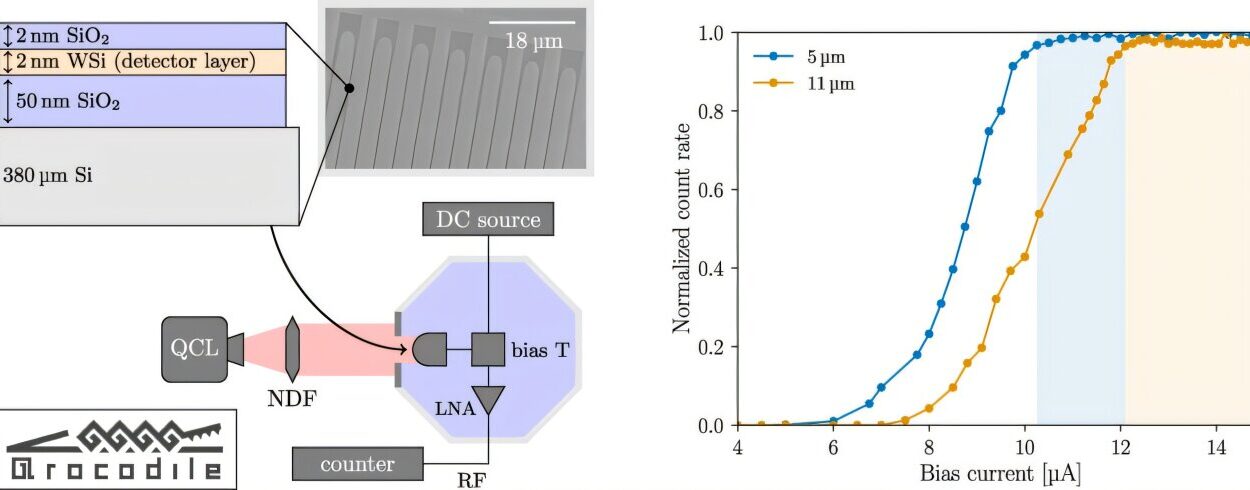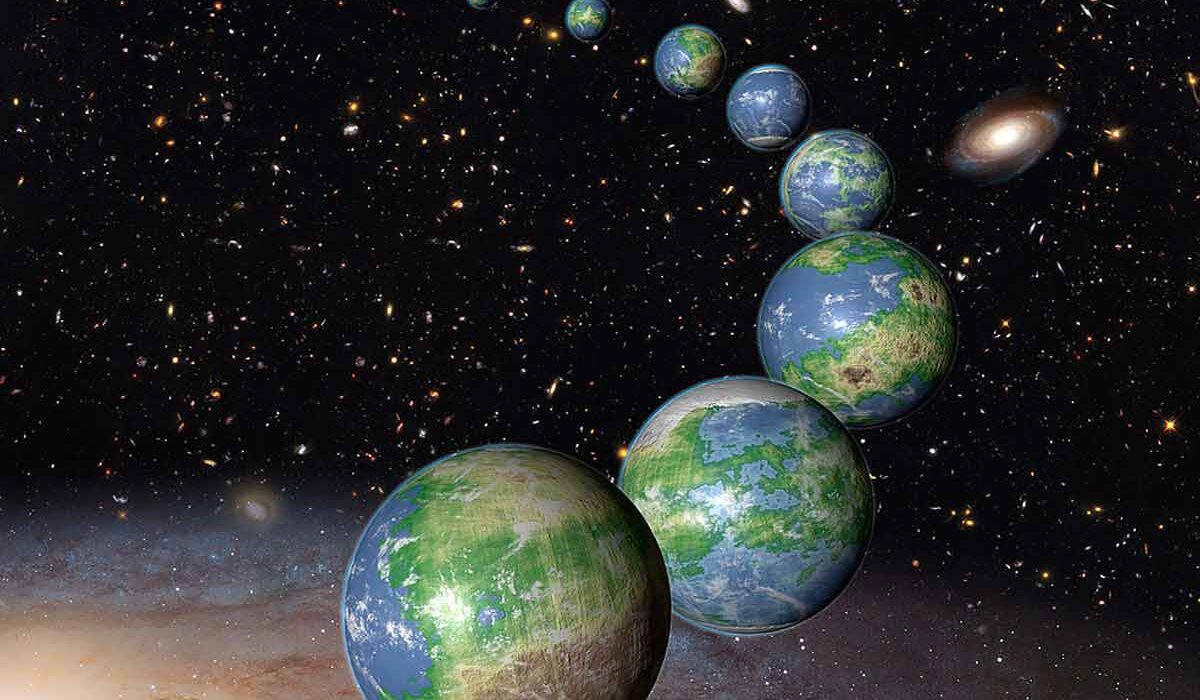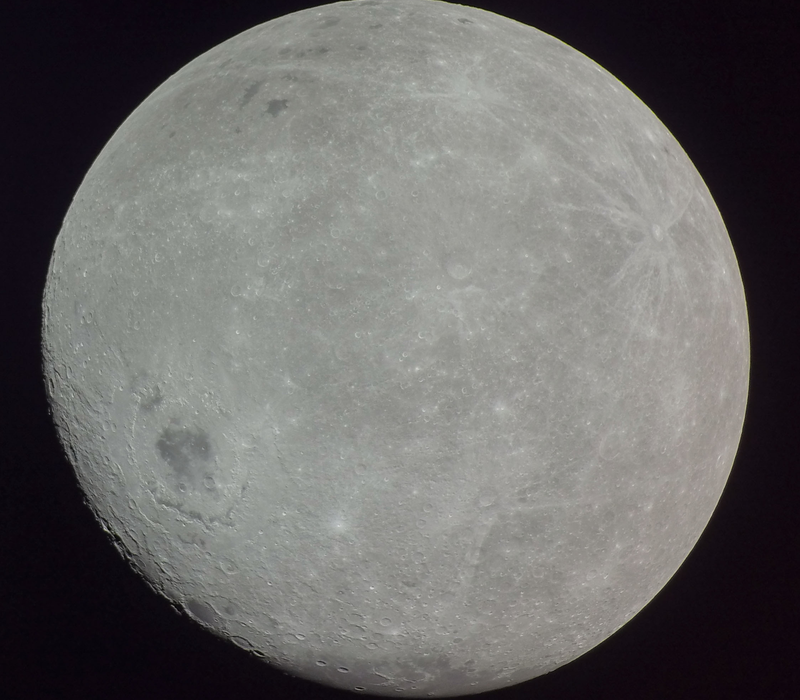Imagine, for a moment, that the universe is a balloon. You take a marker and draw tiny dots all over its surface. Now start inflating the balloon. As it expands, the dots move away from one another. None of them is at the center. The expansion doesn’t happen from a particular spot; it happens everywhere at once.
This simple analogy gets us tantalizingly close to one of the most mind-bending truths about the universe: it has no center. No origin point from which everything exploded outward like shrapnel from a cosmic grenade. No great celestial hub with galaxies spinning off into the void. The universe is, in a word, centerless.
That might sound counterintuitive—especially if you’ve ever heard that the Big Bang was the “explosion” that started it all. But that’s just one of many misconceptions born from applying everyday logic to a cosmos that plays by its own rules. To understand why the universe has no center, we must take a journey into space, time, geometry, and the nature of expansion itself.
Misconception: The Big Bang Was an Explosion in Space
When people hear “Big Bang,” they imagine a fireball, a violent detonation in a cold dark space, blasting matter into the void. But that’s not what the Big Bang was—not even close.
The Big Bang wasn’t an explosion in space; it was an explosion of space. Space itself expanded. There was no “outside” into which things exploded. The Big Bang happened everywhere at once. Every point in the universe we see today was once compressed into a much smaller region. Expansion didn’t push matter from a center outward—it increased the distance between all points.
There was no fireball shooting out into preexisting space. Instead, space itself was being created, and with it, time, energy, and matter. To ask where it happened is like asking, “Where is the edge of a circle?” The question assumes a center and a direction that simply don’t apply to this scale of reality.
The Geometry of a Centerless Universe
So how can a universe expand with no center? To answer this, we must think in terms of geometry—not the flat, ruler-and-protractor kind we learned in school, but the kind that describes the very shape of the cosmos.
There are three basic types of geometries that the universe could follow: flat, open, and closed.
In a flat universe, which current data suggests is close to our own, space stretches out infinitely in all directions like an endless plane. In an open universe, space curves away from itself like a saddle and also extends infinitely. In a closed universe, space curves back on itself like the surface of a sphere, though not necessarily in three dimensions.
In all three models, there is no special “center” of the universe. Think again of the balloon analogy. The surface of the balloon represents a two-dimensional universe. When you inflate it, every point on the surface moves away from every other point. There’s no special dot that is the “center” of the expansion. In fact, the center of the balloon exists in a dimension outside the surface itself—it’s in three-dimensional space, while the surface is two-dimensional.
If we imagine our three-dimensional universe as the “surface” of a four-dimensional balloon, the same principle applies. The center of the universe’s expansion doesn’t exist in the universe. It is outside the dimensions we can access or even define. So as far as we can observe and measure, every point is equally central.
Every Observer Sees the Same Thing
Let’s perform a thought experiment. Imagine you’re standing on Earth with a powerful telescope, peering into deep space. You see galaxies moving away from us in all directions. The farther away a galaxy is, the faster it recedes. This phenomenon, discovered by Edwin Hubble in the 1920s, is the key observational evidence for the expanding universe.
Now, suppose an alien on a distant galaxy does the same thing. What would they see? The exact same thing. From their vantage point, every other galaxy appears to be moving away from them, just like it does from ours.
If every observer, no matter where they are in the universe, sees galaxies moving away in all directions, then no single point can be the center of expansion. Every location is equivalent. There is no privileged spot.
This leads us to a profound concept: the cosmological principle. It states that the universe is homogeneous and isotropic on large scales. Homogeneous means it looks the same in every location; isotropic means it looks the same in every direction. The implication is astonishing: the universe is not centered on us—not even a little.
Time, Not Space, Is What the Big Bang Created
When we say the universe began 13.8 billion years ago, we’re speaking about the beginning of space and time itself. Time began with the Big Bang; it didn’t tick along in the background waiting for an event to happen.
So asking “where did the Big Bang happen?” is not just misleading—it’s meaningless. The Big Bang wasn’t something that occurred in space; it was the moment when space (and time) began.
This concept is difficult because our minds are used to events having locations and durations. But the beginning of the universe isn’t like the start of a football game. It’s more like the beginning of a coordinate system, where there’s no such thing as “before” or “outside.”
Every location in space can trace its origin back to the Big Bang, and in that sense, every location was at the center of the universe’s creation—not because they were special, but because space itself didn’t exist “around” them at the time. The entire observable universe, no matter where you are, began from a common state of extreme density and temperature.
The Observable Universe Is Not the Whole Universe
Another common source of confusion is the term “observable universe.” When we say that the universe has no center, people often reply, “But isn’t Earth at the center of the observable universe?”
Yes, but only trivially so.
The observable universe is the sphere of space we can see, limited by the finite speed of light and the age of the cosmos. Light from galaxies farther than about 46 billion light-years away hasn’t had time to reach us yet, so we can’t see them—not because they don’t exist, but because of cosmic speed limits.
An alien on a galaxy 5 billion light-years away would have a different observable universe. Theirs would also be spherical, centered on them, and they would be able to see parts of the universe we cannot. Their “center” would not overlap with ours, except in shared regions.
In this way, every point in the universe is the center of its own observable sphere—but that’s an artifact of observation, not of structure. It doesn’t imply a physical center to the universe as a whole. The real universe, beyond what we can see, may extend infinitely, or it may loop back on itself in higher-dimensional ways. Either way, it defies any central point.
Cosmic Microwave Background: A Universal Echo
One of the strongest pieces of evidence for a centerless universe comes from the cosmic microwave background radiation (CMB)—a faint afterglow of the Big Bang, detectable in every direction.
Discovered in 1965 by Arno Penzias and Robert Wilson, the CMB is remarkably uniform. It’s like a time capsule, showing the universe as it was just 380,000 years after the Big Bang. It bathes the cosmos in a nearly uniform field of microwave energy, with tiny fluctuations that seeded the formation of galaxies.
If the universe had a center, we’d expect the CMB to be lopsided—brighter in one direction, dimmer in another. But it’s not. It’s nearly the same no matter where we look, confirming that the early universe expanded symmetrically and without a center.
General Relativity and the Fabric of Space
Albert Einstein’s theory of general relativity tells us that mass and energy curve space and time. This is the foundation for modern cosmology. According to Einstein’s equations, space itself can stretch and bend. It’s not a static backdrop—it’s dynamic.
In the framework of general relativity, the expansion of the universe is not like raisins moving through dough, but the dough itself expanding. The distance between any two raisins increases, not because they are moving through space, but because space itself is swelling.
Since the expansion is a property of space, and not a motion through space, there’s no need for a center. It’s like watching a grid on rubber being pulled apart. Every intersection point moves away from others, but no point is the “central” intersection. The grid stretches evenly, with no privileged location.
The Limits of Human Intuition
At this point, you may be wondering: if this is all true, why is it so hard to grasp?
Because human intuition evolved to deal with local scales—throwing rocks, building shelters, navigating terrain. Our brains are wired for Newtonian physics, not cosmological abstractions. We think in terms of up/down, center/edge, beginning/end. The idea of a beginning without a location, or an expansion without a center, feels deeply unnatural.
But science often asks us to confront truths that lie beyond intuition. Quantum mechanics, with its particles being in multiple states at once, is another example. The idea that space can stretch, that time can slow down, that the entire universe could emerge from a tiny, hot, dense state—these are not just quirks of mathematics. They are supported by observation, experiment, and relentless testing.
To say the universe has no center is to accept that space and time are not stage sets, but actors in the cosmic play—shifting, bending, and expanding as the plot unfolds.
Philosophical Echoes
The idea that the universe has no center also has deep philosophical implications. In ancient times, humans believed Earth was the center of all things. Then came Copernicus, who showed we orbited the Sun. Then came Hubble, who showed our galaxy was one among billions. And now, modern cosmology tells us that even the universe itself has no special center—no privileged place from which everything began.
We are not in the middle of the cosmos. We are not at the top of a hierarchy. We are part of a vast, evolving, centerless expanse.
But this is not cause for insignificance. It is a celebration of our ability to comprehend, even partially, the grandeur of existence. The fact that we can ask these questions—and build instruments and equations to answer them—is itself a profound triumph.
Conclusion: Everywhere Is the Center, Nowhere Is the Center
So, does the universe have a center?
No—not in the way we normally understand the term. It has no central location, no fixed origin in space, no hub from which everything radiates. The expansion of the universe occurs everywhere, not from a particular place. Every observer sees galaxies moving away in all directions. Every point can be traced back to a common origin—not a center in space, but a beginning in time.
The centerless nature of the universe is not a bug in our model—it’s a feature of how space, time, and matter behave on the grandest scales. It challenges us to think beyond the familiar, to embrace a cosmos without edges or anchors, and to find meaning in our place within a story that has no center, yet contains us all.
